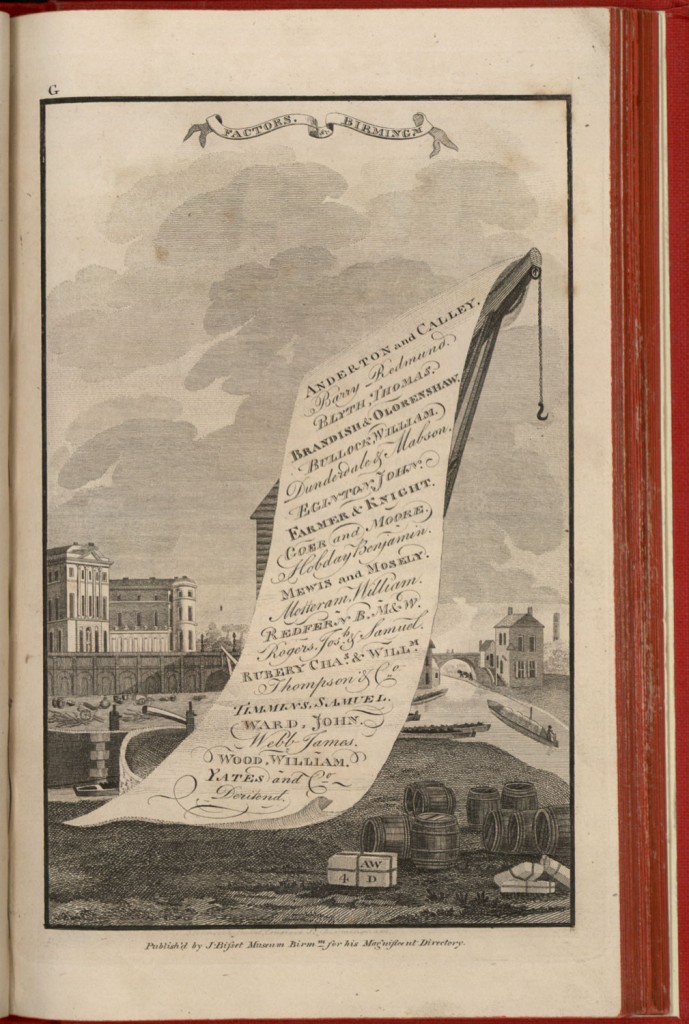Salesmen, Customers and Competitors: Agents
Image: Factors or Commercial Agents in Birmingham with a view of the Crescent and Wharf. J Bisset, Bisset’s Magnificent Guide or Grand Copper Plate Directory for the Town of Birmingham…(Birmingham, Printed for the Author by R Jabet, 1808). Factors transacted business for another, bought or sold goods on commission or loaned money. J Hancock’s engraving is dominated by a scroll, supported by a crane, which provides the names of twenty-one businesses. To the left is a view of canal wharves near the Crescent, a distinguished Georgian terrace. The canal basin presents commercial activity including barges, a canal bridge and a lock, which is partly hidden by the scroll. Goods in packages and barrels are shown ready for loading.
Image from: Local Studies and History, Birmingham Central Library
Agents provided a valuable service to manufacturers by having show-rooms, dealing with retail customers, holding stock, arranging credit and handling payments. In 1793 Boulton appointed Richard Chippindall of 59 Watling Street, London, as his agent, and the letters between them give some useful insights into the relationship.
Chippindall’s early efforts showed he had the right contacts and his finger on the pulse of fashion. He supplied samples to the Royal family, and sent advice on what size and shape of shoe buckles were the height of fashion in the capital. There was a careful exchange of letters in which the exact method of describing different buckles was established, so that there would be no misunderstandings. Boulton also sent advice on coating steel goods with light oil and storing it in air-tight containers, to prevent it tarnishing while in stock.
On the matter of prices, Boulton observes:
First, there is my profit; then 2nd, the Birmgm Factor who rides from one Country Town to another for small orders, travils at great expence & must have his profit. He sells to the Newcastle or Exeter wholesale dealer who must have his, 3rd, profit, & he sells them to the small Retail Shopkeeper, who must also take a 4th profit, which is perhaps the largest of all because it is taken upon a larger sum per pair & his returns are small. Hence the more of these profits that can be spared or reduced the more extensive will be the Sale.1
One of the common problems was the length of time customers took to pay. Six months’ credit was generally offered, and some overseas customers were reluctantly allowed as long as 18 months’ credit – hazardous when dealing with customers abroad.
1. MBP 300/57, 4 October 1793
« Previous in this sectionNext in this section »Continue browsing this section
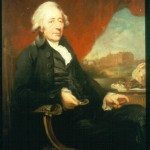 Birmingham: “The Toyshop of Europe”
Birmingham: “The Toyshop of Europe”
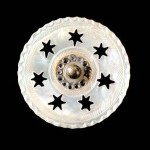 Toys in Birmingham
Toys in Birmingham
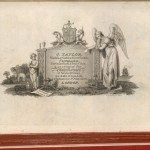 John Taylor and Matthew Boulton
John Taylor and Matthew Boulton
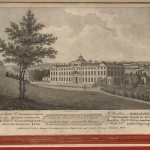 The Soho Manufactory: From Snow Hill to Handsworth
The Soho Manufactory: From Snow Hill to Handsworth
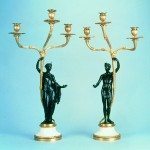 The Soho Manufactory: The Ingenious Mr Boulton
The Soho Manufactory: The Ingenious Mr Boulton
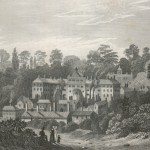 The Soho Manufactory: Industrial Tourism
The Soho Manufactory: Industrial Tourism
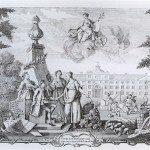 The Soho Insurance Society: Ahead of its time
The Soho Insurance Society: Ahead of its time
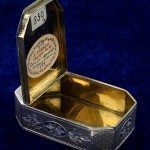 Birmingham Toys: Makers and Materials
Birmingham Toys: Makers and Materials
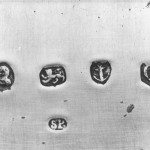 Birmingham Toys: The Hallmark
Birmingham Toys: The Hallmark
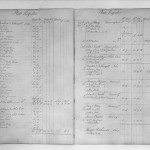 Birmingham Toys: Made at Soho
Birmingham Toys: Made at Soho
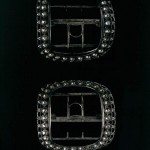 Birmingham Toys: “Cut Steel”
Birmingham Toys: “Cut Steel”
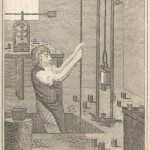 Birmingham Toys: Manufacturing Techniques
Birmingham Toys: Manufacturing Techniques
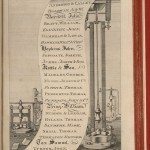 Salesmen, Customers and Competitors: The Home Market
Salesmen, Customers and Competitors: The Home Market
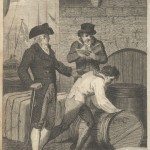 Salesmen, Customers and Competitors: Export Markets
Salesmen, Customers and Competitors: Export Markets
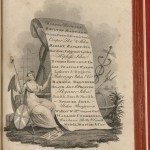 Salesmen, Customers and Competitors: Travelling Salesmen
Salesmen, Customers and Competitors: Travelling Salesmen
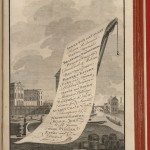 Salesmen, Customers and Competitors: Agents
Salesmen, Customers and Competitors: Agents
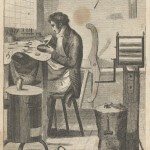 Summary and Developments
Summary and Developments



